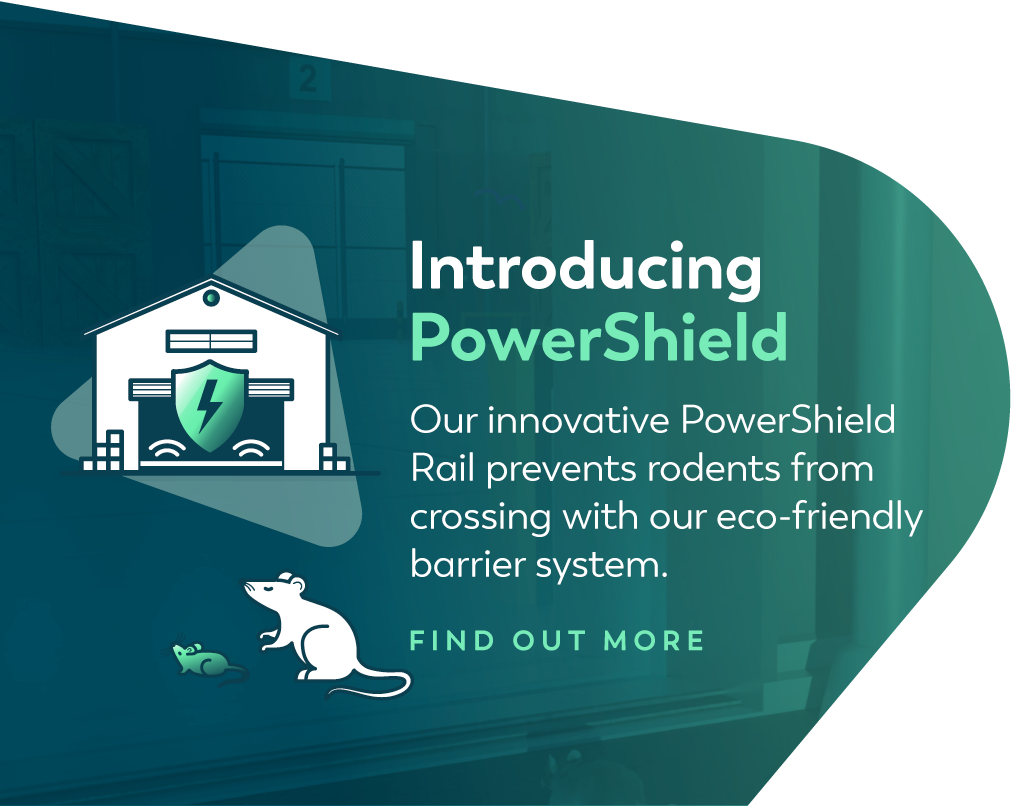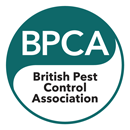One of the main reasons why pharmaceutical facilities need to have a strong pest control program in place is to maintain the integrity of their products.
Pests such as cockroaches, mice, and rats can carry bacteria and viruses that can contaminate products, leading to serious health risks for consumers. In addition, pests can also damage packaging and equipment, resulting in costly repairs and replacements.
Another important aspect of pharmaceutical pest control is compliance with regulatory requirements. Many countries have strict regulations in place for the storage and manufacturing of pharmaceutical products, and failure to comply with these regulations can result in fines and legal action. This includes regular inspections, documentation, and reporting of any pest activity.

